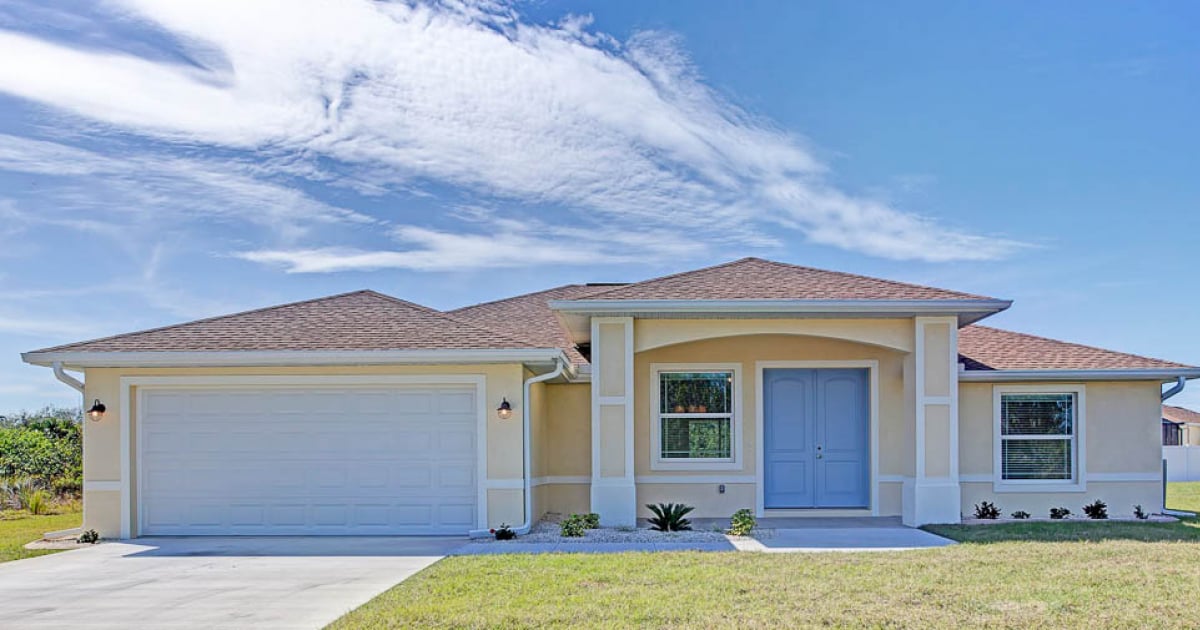Florida's residential building codes are meticulously crafted to ensure homes can withstand the severe impact of high winds, heavy rain, and the relentless threat of flying debris. In particularly vulnerable areas, such as Miami-Dade and Broward counties, the regulations are even stricter, mandating that roofs, doors, and windows be fortified to endure winds exceeding 170 miles per hour.
Rigorous Testing for Hurricane-Ready Windows and Doors
To confirm that windows and doors are hurricane-resistant, they must undergo stringent testing in specialized laboratories. One prevalent test is the debris impact test, where materials are bombarded with wooden projectiles or other heavy objects at high speeds, simulating hurricane conditions. For instance, during these tests, 2x4-inch wooden projectiles are hurled at 34 miles per hour at windows and doors. Passing this test requires the glass to remain intact, verifying its structural integrity under impact.
Pressure Testing: Preparing for Sustained Winds
Beyond impact resistance, windows and doors must also pass cyclic pressure tests. These assessments involve enduring repeated cycles of positive and negative pressure, mimicking the relentless force of hurricane winds. This ensures that the structural elements of a home can endure not just initial impacts but also the ongoing pressures of extreme winds during a storm.
Fortifying Entry and Garage Doors
Similar standards apply to entry and garage doors, which must be reinforced with sturdy frames and specialized locking systems to prevent them from being torn away by the wind. Homes that lack impact-resistant windows must have shutters or temporary protection systems, such as metal or wooden panels, that can be easily deployed during emergencies. These measures protect windows and prevent debris from becoming dangerous projectiles.
Strengthening Home Exteriors: More Than Just Windows and Doors
The building code also emphasizes reinforcing home exteriors. For homes in hurricane-prone areas, stronger construction materials like concrete blocks are required to better withstand strong winds and flying debris. Exterior walls often feature cement or brick cladding to enhance their damage resistance.
Reinforcing Load-Bearing Walls
Building codes mandate that load-bearing walls, which support the roof and other structural elements, be securely connected to the foundations and roofs using hurricane straps or ties. These metal connectors ensure that a home's components remain intact during a storm, preventing walls from detaching from the rest of the structure.
Roof Anchoring Systems: Preventing Wind Uplift
To prevent roofs from being uplifted by the wind, metal straps connect the roof to the exterior walls, forming a continuous system that distributes wind forces throughout the structure. Roofs must also have aerodynamic designs and be constructed with materials that resist wind pressure.
Ensuring Roofs Stay Put: Wind Suction Testing
Roof resilience in hurricane zones is critical, which is why wind suction tests are conducted. These tests simulate the suction forces exerted by hurricane winds over a roof, applying cycles of positive and negative pressure to ensure that the roofing material stays secure.
Flood Protection Measures
Apart from hurricane winds, flooding poses a significant threat in Florida. Building codes specify measures to guard homes against potential flooding. Elevated foundations are required in flood-prone areas, using pilings or columns to allow water to flow beneath homes, preventing water damage. The height requirements follow FEMA flood zone maps.
Adequate drainage systems must be installed to prevent water accumulation around a home’s foundation, including gutters and downspouts to redirect rainwater away. In regions where flooding is a persistent threat, water-resistant materials like brick, concrete, or vinyl siding are recommended for exterior walls to withstand prolonged water exposure without deteriorating.
Structural Integrity and Anchors
Beyond windows and doors, codes demand reinforced overall home structure by using special ties that connect roofs and walls to prevent wind uplift. These metal connections, known as hurricane ties or straps, ensure that a home's structure remains unified, even in the most extreme conditions.
If you own or plan to build a home in Florida, understanding these requirements is crucial to ensure your home is hurricane-ready. The Florida Building Commission frequently updates these codes to incorporate new research and technology, meaning today's homes are safer than ever. With hurricane season always looming, don't get caught unprepared. Ensure your home complies with the building codes and brace yourself for whatever comes. In Florida, preparedness is key to survival.
